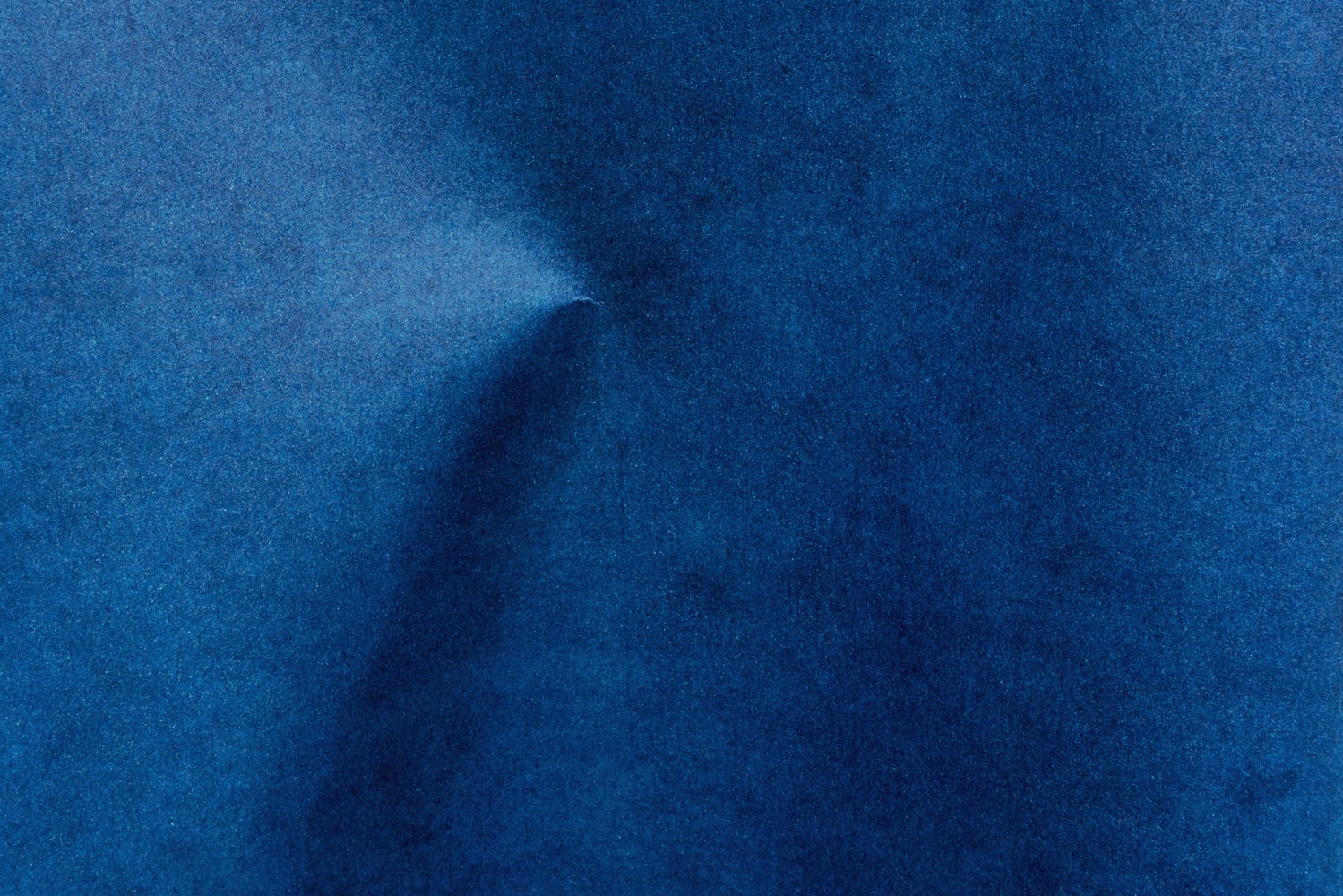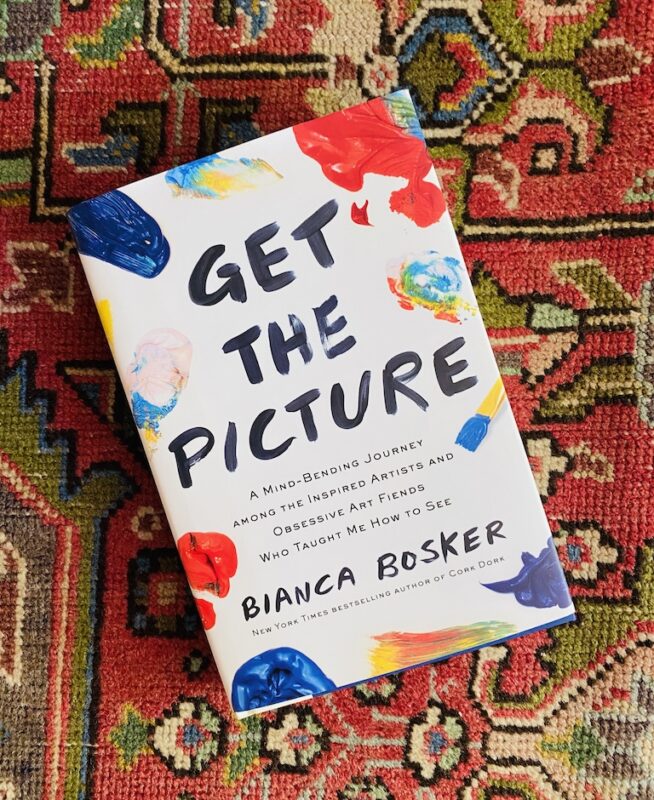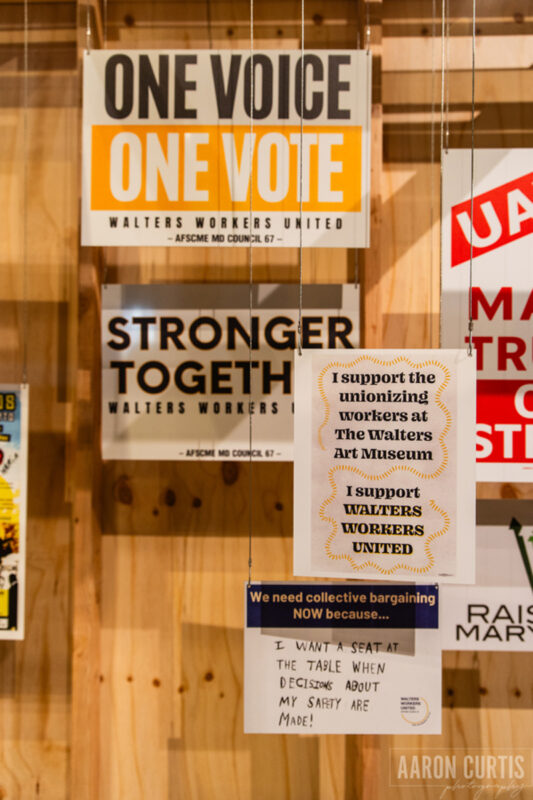Revisiting Carolee Schneemann’s Candor and Intellect
Editor’s Note: This interview was published first at Hyperallergic on March 19, 2019.
In 1975, a beautiful, naked 36-year-old woman stood in front of 300 people and extracted a scroll from her vagina. She read it aloud slowly, unfurling it into a long, thin tendril of paper. The text was a critical diatribe by film critic Annette Michaelson, denouncing the artist’s own work for being too messy, feminine, and a “diaristic indulgence.” The artist, Carolee Schneemann, created many more canonical works in painting, film, performance, and photography over six decades, which challenged previously held taboos about female sexuality, ecstatic expression, and gender politics. Unsurprisingly, her work was misunderstood, criticized, shunned, and marginalized as pornography by the art world, until she was finally recognized in her 70s with her first career retrospective, exhibited in Salzburg, Austria at the Museum der Moderne Salzburg, in Frankfurt at the Museum für Moderne Kunst, and in New York at MoMA PS1. Soon after, she received a Golden Lion award for lifetime achievement from the 2017 Venice Biennale.
Schneemann died from breast cancer on March 5, 2019, at the age of 79, and the art world that once criticized her has lauded her a pioneer, a brave visionary, and a protean artist who helped define contemporary avant-garde, an influential feminist force to be reckoned with.
I interviewed Schneemann in September of 2018, in Baltimore, when she was a visiting artist at the Maryland Institute College of Art and part of a Constitution Day Town Hall panel. I was delighted by her humor, beauty, wickedness, and candor as she expressed her preference for certain sexual positions and her frustration with an art market and capitalist economy that continued to devalue her work as a woman. We talked for a few hours, and then later met up again for martinis and oysters—more talking about sex, money, and art. As we finished, she tucked an oyster shell into her purse. She said it was so pretty she had to take it home with her.
* * *
 “Fuses,” 1965
“Fuses,” 1965
Cara Ober: Your lecture at MICA about the evolution of your work was amazing yesterday. It was so inspiring and people were crying.
Carolee Schneemann: Weeping is one of my favorite affects. I know what it means. The message is not just sliding away, but hitting somewhere, touching something that is neglected. It’s revelatory. It’s like a welcoming.
I liked seeing that physical reaction to your work. This is something you seem to have understood from the very beginning of your art-making career: There is no divide between the mind and body. Your basic refusal to accept this binary seems to have marginalized you and your work, but also seems to energize you.
Yes. It marginalizes the history of the work because sensuousness is so confusing for my culture. People thought it had to be either pornography or some weird kind of science. It was a long time before “Fuses” (1965) could be seen formally—for its editing, for its musicality, for its structure.
You’re having actual sex in that video?
Oh, absolutely. And I’m filming it with a Bolex with my partner. We’re having sex and cunnilingus and sucking cock and just everything … You can call it hetero-normal, white-bread sex, but that was startling and confusing at a time when female pleasure had no agency and was bewildering even to women. I had such long, annoying discussions with my friends about clitoral versus vaginal orgasms. It’s not like that. Women have all these amazing pleasure territories.
Why do you think that women’s sexual pleasure was not considered relevant to art? Do you think that was a male control issue?
It’s control, which is definitely a deep tradition with men. As a kid I always thought the real battle was with the men. What the fuck were they doing? Why did my brother have to pretend he is facing monsters? The male imagination has produced a competition for domination that makes them have to produce enemies and monsters. In a primitive way, it’s like male gorillas battling for access to the females.
As liberal and open as the art world can be, there are still so many taboos. Why is the art world so uptight?
It’s domination for power. You get a lot of capitalist deforming aesthetics in the art world. There’s always a heroic male who has to dominate the market.
We’re so over them!
Yes, we are so over them. A lot of this, I think, is hard-wired, that men with financial power want to support and encourage young, handsome men that they want to identify with. The power of a woman artist has been so marginalized. There are always a few women artists though, and I call this the cunt mascot. You have to have a few women that male culture allows to have eminence and prominence because it accrues to male value finally, but it’s not absorbent, it’s not equitable. It’s still anomalism.
Do you think this acknowledgment and refusal to acquiesce is your contribution to art history?

In my early work I was devoted to the history of art that was going to exclude me, painting the still life constantly. At one point I brought a watermelon into my bedroom to paint and my mother was so horrified that she had an unnatural daughter not willing to assume the configurations of her life that she sent my father in to interfere. He opened the door and said, Drop the brush! That became the continuing motif through all my early art life.
I think it’s interesting that painting has been so central in the way that you think about all of your work, including film, performance, and archive. To be a woman and choose to be the maker of the image and the subject, if you want to be, still seems like a provocation.
I wanted to also penetrate the expectations of my culture. To say, you think this is a beautiful body you want to fuck? Wait a minute. It doesn’t accrue to your projections anymore. This body has a different set of implicit meanings. This is my struggle to bring forward and it will take time to solidify; it won’t happen until feminine theory reshapes the issues of the 1970s.
And in the art world, too, we want to separate art as an intellectual practice, but aren’t creative acts also sexual acts? This is what I’m thinking about after reading I Love Dick by Chris Kraus and then watching the television show. She talks about you in the book.
Thank you, Chris. In the 1970s, Chris Kraus was a failed writer, not even a feminist’s feminist. Here she is, making these assertions! She is making a psychodrama over her feelings for Dick, and everyone thinks she is nuts. They have rejected her films and her writing, and she is living under the shadow of Sylvère, who everyone thinks is so superior. And she can’t ever get it right, until now with that show. Jill Soloway’s direction increased the production value and I loved the end of it. It’s a remarkable work and I love it.
I definitely see how your work resonated with Kraus when she wrote the book. As one of the few female artists from the 1970s and ’80s who combined sex and making serious art, were you trying to point out that both acts are creative in similar ways? Do you see sex and art-making as analogous?
For me, yes. Sure. But not for most artists … There are too many kinds of artists, and some are rigid and exclusionary.
I think artists often try too hard to be cerebral but are missing out on central truths and powerful sensations that can’t be understood through intellect.
It’s a whole lateral movement in itself, an academic domination of creativity where students are encouraged to be afraid of risk and uncertainty. Students are conditioned to predetermine what they feel or don’t feel. I go to a lot of different schools as a visiting artist and I see a fear of imagination. Trusting intuition, that makes me seem crazy. But it’s everything you know that you know, people! Intuition is not some weird little fuzzy female place.
One thing that I love about all your work is that it has elegantly championed the power of the female body as a source of wisdom and knowledge that has a real impact on human history.
Yes. That’s where “Interior Scroll” came from. Who knew? It started out as a little dream image.
I liked seeing the drawing that inspired it. But what you said was, a drawing doesn’t mean enough. You have to actually live it and act it out.
That was a nuisance, part of my creative monkey. I had this voice in my head, saying, remember that drawing? It could come to life if you would inhabit it as an action. I thought no, I don’t want to be bothered by this.
 “Interior Scroll” performance, 1975
“Interior Scroll” performance, 1975
Were you terrified or thrilled by the prospect of performing “Interior Scroll” in 1975?
No. I was like, oh, please go away. Leave me alone. I am visiting a beautiful house and enjoying this peaceful quiet moment with my sweetheart. And the next thing I know we are folding up little pieces of paper, creaming them up and seeing how they would fit. And it’s very difficult, the extraction, not to break it all up.
Next time you’d use waterproof paper?
Ha. Next time I’d type it. No writing in ink! That was funny. Then I started to love the whole process. I was very happy with it. It’s kind of a split personality—I don’t get nervous, I don’t get frightened, it’s like some other voice that says, OK, this is going to be interesting. You’re going to stand up naked in front of 300 people and extract this scroll without tearing it up. You have to stand up and read it very slowly.
And of course, it was considered an absolute disgrace. It was called an obscenity. I lost a lot of teaching jobs because of it. Also support from museums. There were trustees interested in the photos and painting constructions and curators who were supporting the work but after that, the trustees said we will not give a penny to this obscenity. This is not a real artist—this is a pornographer.
And “Interior Scroll” has prevailed and been in art books and journals and lessons—it’s been helpful and inspiring to women to insist on the integrity of our bodies. Integration of the complexity of our experiences—erotically, intellectually, and socially.
As Jillian Steinhauer recently observed in the New Republic, you are both the artist and the object in much of your work, but you have a look and a body that is fuckable and attractive, to men and probably to women, and your physical appearance somehow made the work not serious.
That was the contradiction that I didn’t realize until later, that the body in its ideality would so dominate the work that was meant to be integrated with like collage. I thought the construction worked and would dominate and I was wrong. It’s taken 30 years for people to get it.
Do you think people didn’t work hard enough to understand it? Or that they were so scandalized that they couldn’t?
Or they were confused. Every once in a while I’d meet a guy in a bar who’d start sneering at me and have this weird expression and he’d tell me he’d been jerking off to my images in art magazines and I was astonished. I thought OK, I get it, but it was so far away from what I thought my dynamic would be able to situate.
 “Fresh Blood, A Dream Morphology,” 1981-87
“Fresh Blood, A Dream Morphology,” 1981-87
There is a reason that art is beautiful, that humans respond to beauty. I mean, the Catholic church made the most beautiful works of art, to glorify god. You’ll see the beauty and feel the feelings … the beauty was supposed to simulate ecstatic feelings for the holy spirit.
As a child, I always associated the Catholic Church with masturbation, with pleasure. I thought Christ and Santa Claus were in it together, whatever it was … in my body.
You’re wearing a cross around your neck. Are you religious or punk rock?
I’m partly religious, and the necklace is from my godmother. I believe in mixing it up, you know? There’s some Jung and some Freud and some horrible people that we learn from.
Amen. I think that, especially for women, beauty is a double-edged sword. Given the choice to be beautiful or not, I suspect that most people would choose beauty.
Yes. I was talking to the director of the Museum of Modern Art and that was such a privilege and lucky feeling. And I said, I’m not used to this kind of appreciation, it’s gotten me very confused. And he said, there are certain situations like this and you can be very poor or very rich. And very rich is better. Although we have mostly bad examples of the very rich, but that’s not the whole story.
We don’t make art to get rich. Not a lot of artists are driving Mercedes.
But some of us are. And some are completely insane and nuts. And some are principled and gracious and generous and it’s all variable. And I can’t raise my prices nearly a penny, but I’m a stubborn kraut. I am way behind all the time, though, and now I’m old and I can’t do what I need to do.
Do you really feel like you’re behind?
Oh, I’m so far behind. I’m swamped now. I have to try to save the house and the archive and the legacy and the health and I get buried in all this stuff. It’s overwhelming. It’s very hard to anticipate your death when all your friends are dying already. I’m trying to be organized. The legacy of the house is taking all my energy and it’s a big puzzle. First of all, the house itself is like a sacred relic, it’s so rare and wonderful and a spirit place. It comes through the Lenape natives and this is how the house was sighted in 1750, and I inherited that spirit realm.
It sounds like an amazing space for an artist retreat or residency. Money can make you crazy, though.
Yes it does. But I’d like to have it now to help me because I am staggering along here. My gallery is doing well but it’s not proportionate to my career and it’s not accurate. All my early work was sold off for low prices and it’s gone. My heritage is gone. So then there is film and writing and video and the library and hundreds of drawings and prints, which, for some reason, my galleries will not inventory. So I have had to hire archivists at great expense to do it. It’s basic stuff and it takes away from the fantasy.

What about the Golden Lion? That had to be financially helpful.
Not a penny.
You didn’t get a cent for winning a Golden Lion lifetime achievement award?
MEOWWWW!! [Laughter]
Shut up! What?!
And in Venice they put me in a hotel room the size of my bathroom. And now I have this horrible mythology. People think I suddenly have all this money. My friends and every charitable organization, they are writing and asking me for money. And I don’t have any and I have to pay my medical bills, so go away!
But here you are. And you’re still making the undergraduates cry. You’re inspiring them.
That’s wonderful when that happens. The first time was when I showed “Fresh Blood,” I think at the University of Buffalo in New York state. Two women in the front row started weeping and I thought, yes! This is what the work is supposed to do.
 “Self Portrait with Timer”
“Self Portrait with Timer”
Photos of Carolee Schneemann and Cara Ober by Jill Fannon at The Hotel Indigo in Baltimore.






